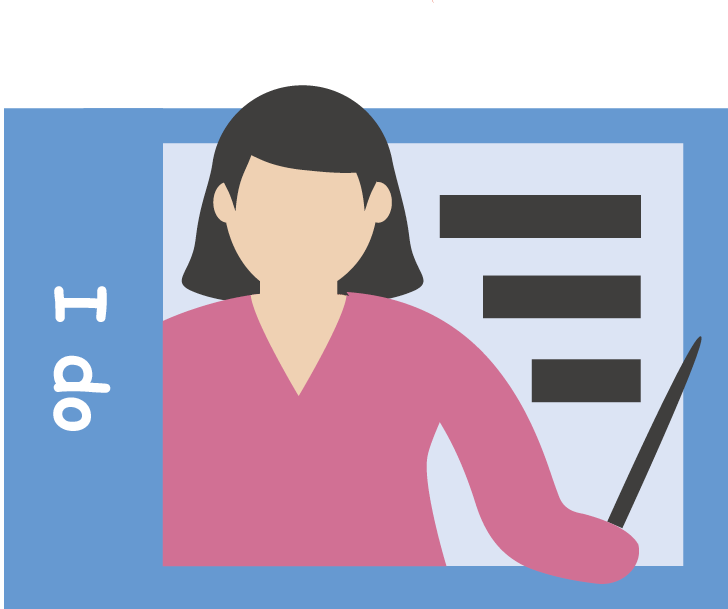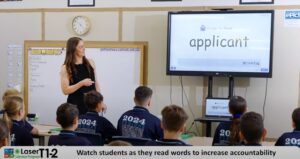What are Rosenshine's Principles of Instruction?
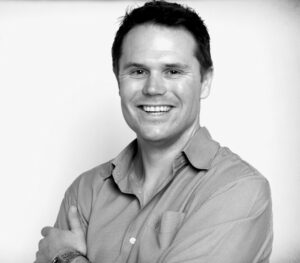
Bill Hansberry
Co-Director Playberry Laser
Barak Rosenshine, an American educational psychologist, developed Rosenshine’s Principles of Instruction. His principles are based on empirical research and observations of effective teaching practices. These principles aim to provide teachers with a framework for effective instructional strategies. Rosenshine began work in the 1970s and 1980s, conducting studies and synthesising research findings on effective teaching methods. His work culminated in identifying principles that he observed to be present in successful classrooms.
Rosenshine’s Principles of Instruction have gained momentum, prompting us all to consider whether our teaching is compatible with human cognitive architecture. Their common sense and simplicity strike anyone who reads them. Rosenshine’s Principles provide a clear roadmap for improving students’ retention and application of what we teach them.
Rosenshine’s Principles of Instruction reflect fundamental elements that have stood the test of time and are rooted in the foundations of successful teaching practices. For me, Rosenshine’s principles are highly congruent with the methodologies for teaching individuals with dyslexia developed by Samuel Orton and Anna Gillingham in the 1920s. The enduring nature of these effective teaching principles underscores that regardless of educational advancements and evolving methodologies, certain fundamental elements of excellent instruction remain constant.
Over this series of posts, I will lay out each of Roshenshine’s ten principles as outlined in an article Rosenshine wrote for American Educator in the Spring of 2012 and elaborate slightly on each of these, bringing some of my thoughts and insights to them, particularly in how they relate to how many of us in the evidence-informed teaching of literacy space have relearned to teach structured literacy lessons and how this explicit and routine heavy teaching has successfully spilt into other curriculum areas. I want to show how we’ve been adhering to these principles of instruction all along.
Principle 1: Daily Review
“Research Findings
Daily review is an essential component of instruction. Review can help us to strengthen connections of the material we have learned. Reviewing previous learning can help us recall words, concepts and procedures effortlessly and automatically when we need this material to solve problems or to understand new material…” (Rosenshine)
Just because you’ve taught it doesn’t mean they’ve learned it, and it’s common to underestimate how much review students need. When I began teaching, repetitive practices and review methods were frowned upon. However, working memory is a gatekeeper for long-term memory; not all new information gets through. Without rehearsal, the brain discards new information. Long-term memory operates on a “use-it-or-lose-it” basis, and review is vital to long-term memory storage.
What if a student has already learned a concept? Is review pointless for them? No. Overlearning – aiming for automaticity, is crucial. Like driving, where you multitask effortlessly, achieving automaticity means mastering various driving skills. Mastery allows your mind to focus on other things while handling the complexities of driving, such as controlling speed, changing lanes, and responding to different situations.
Cognitive Load Theory[1] explains this by saying that the driving tasks that once took all your focus, like finding the indicator stalk, through practice (which is review) become chunked and automated in long-term memory, now barely taking up any space in working memory, freeing your mind to manage more and more complex driving tasks, such as navigating a new and complex double roundabout or making an important decision about Christmas lunch that you’re hosting.
Suppose you’ve driven a car with the indicator on the other side. In that case, you’ll know how the change in routine – reaching for the other side of the steering wheel suddenly makes a right turn cognitively demanding, even overloading for a moment. After several uses of this indicator, will this task chunk integrate with the other tasks that make up your mental routine for a right-hand turn and become automated in long-term memory, bringing a right turn back into the ‘ho-hum’ zone?
Reading, spelling and writing are like this. We want students’ minds to be eventually free to think of where the plot might go next as they read or how they might conclude this paragraph while they put the last word and a full stop on a sentence. We want students’ working memories to be free to think about the perfect subordinating conjunction to kick off a dependent clause and how this sentence will support the points just made and the argument to come. Only when the processes of reading, spelling and the rules of syntax and punctuation are chunked and automated in long-term memory can students drive and navigate the content simultaneously. We want the sub-skills of reading and writing to be overlearned and automated so the brain is free to do higher-level thinking. That’s why we must provide lots of reviews for all students.
Playberry Laser T1-2 is a teacher-supportive multisensory literacy resource for primary teachers to support their teaching in line with research. We’ve taken the planning and resource design load to free teachers to focus on building content knowledge and sharpening their delivery in line with Rosenshine’s Principles of Instruction.
Reference:
Rosenshine, B. (2012). Principles of instruction: Research-based strategies that all teachers should know. [online] American Educator, American Educator, pp.12–39. Available at: https://www.aft.org/sites/default/files/periodicals/Rosenshine.pdf.
